Santa, baby...
In honor of my three friends (hi Amanda, Molly, & Alice!) who were the proud recipients of DSLR (Digital Single Lens Reflex) cameras this holiday season, and given that they are likely not the only ones, I thought I'd write a post with some pointers on how they (and you!) can begin to use those cameras to their full potential. A while ago, I wrote here about how you can take better photographs of children. The last suggestion in that post was to upgrade your camera phone or point and shoot to a DSLR, which, among other things, erases the delay between pressing the shutter button and the creation of the actual photograph (a must when trying to catch the fleeting expressions on little ones' faces). Just that improvement in and of itself will improve your photos, but if you are willing to do a bit of homework, you can really take control of your camera and make your photographs stand out. Here's how:
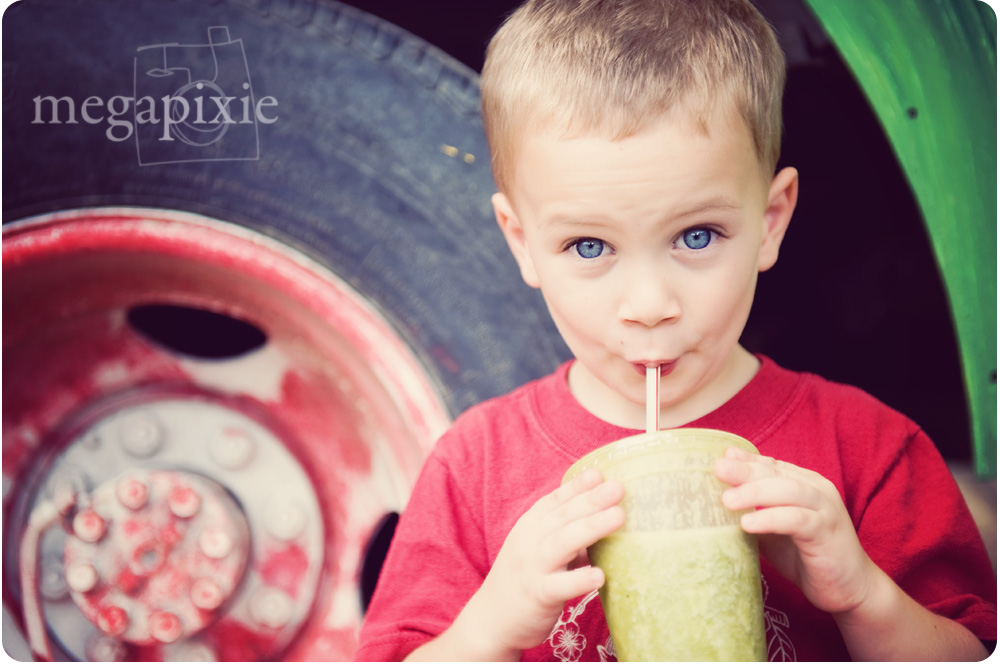
1. Master the exposure triangle.
Before you can call your photography experimentation anything other than blind luck, you must (MUST MUST MUST) learn the basics of the exposure triangle. A lot of people get hung up on this, since it seems confusing at first, but I promise that once you internalize this information, you will have a much greater understanding of how to create a photograph just how you envision it. Do a Google search on the exposure triangle and you'll get a million detailed explanations - there's loads of information out there - but I'm including a short summary here just so you know what you're looking for:
Cameras work by opening the lens for a set period of time, allowing light to come in and hit the camera's sensor (used to be the film). Exposure (how light or dark your photograph is) is determined by the a: size of the opening in the lens (Aperture), b: the amount of time the shutter is open (shutter speed), and c: the sensitivity of the sensor (ISO). These three elements can be changed independently for specific effects, but they work together to determine the exposure of the photograph, so if one is changed, the others must be adjusted to compensate. The best analogy I've heard is to filling a glass of water in the sink. Let's say that a full glass of water is a photograph's correct exposure - not too bright and not too dim. In order to fill the glass, you turn on the faucet. If you open the faucet wide, the glass will fill faster, if you only let it drip, it will take much longer. This is like the camera's aperture - the wider it is, the faster light will come in, reducing your shutter speed. The amount of time it takes to fill is like the shutter speed - the longer it's open, the more light will get into the camera. The size of the glass is like the ISO - a bigger glass requires more water, just like a lower ISO requires more light (either as a function of shutter speed or aperture).
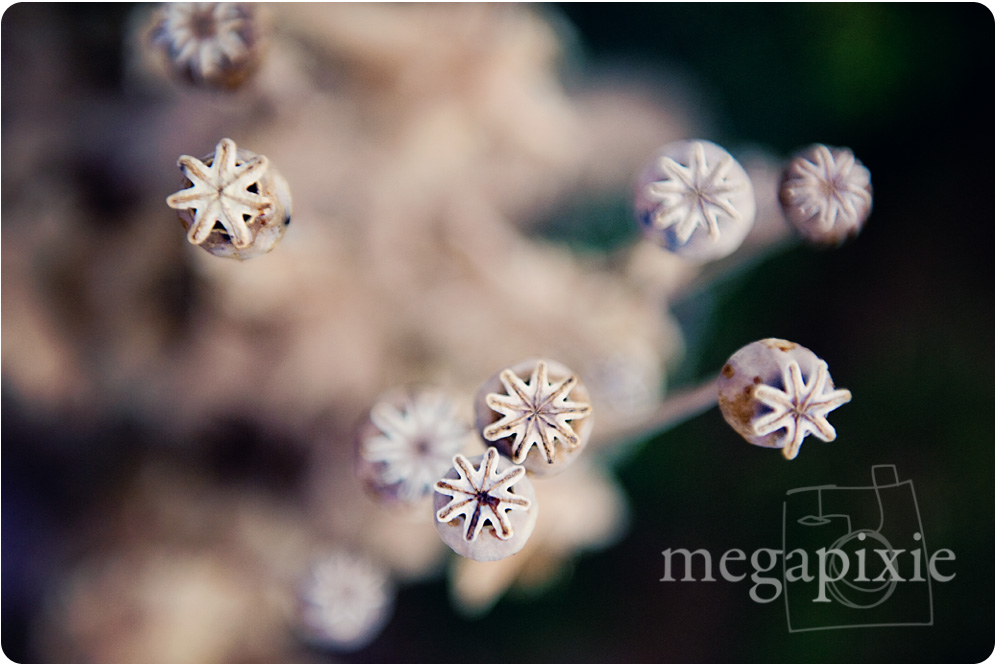
Again, I know this seems confusing, but once you get it, you've got it, and will wonder why it ever seemed confusing in the first place. It's also really an unavoidable bit of information you'll have to grasp before you can take the next step, which is....
2. Take your camera out of program/auto mode.
Once you've figured out what aperture, shutter speed, and ISO do, you'll begin to understand what their namesake modes are for. Aperture priority mode means that you control the aperture, and your camera decides about the rest. Shutter priority means you set the shutter speed and the camera performs the rest. These are a great way to practice adjusting your settings without assuming full control and having to balance all three on every shot. Aperture priority is best used if you want a shallow depth of field (meaning that you'll have a sharp subject and a blurry background). Shutter priority is something to use when you want to make sure you can stop motion or purposefully blur motion - for instance, lots of people use this for sports photography. Though there is no ISO-specific mode, read your camera's manual and figure out how to set it up so that you are in control of your ISO at all times. ISO should become the first thing you think about as you take your camera out of its case, each and every time. I typically keep my ISO set at 100 or 200, then adjust as necessary for low-light situations.
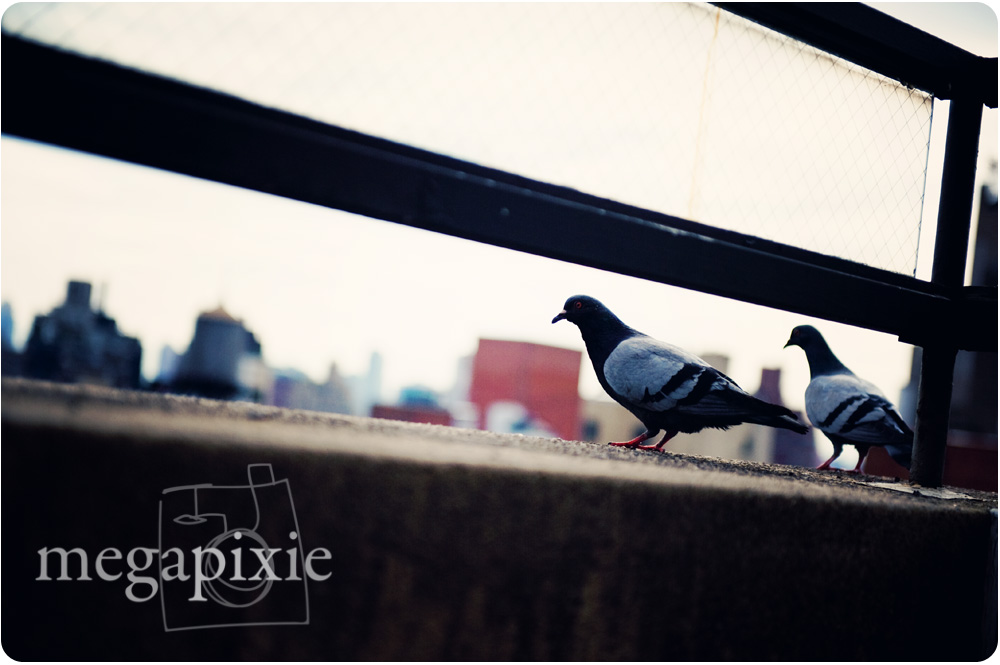
3. Consider purchasing a faster lens.
"Fast" lenses are those which give you the ability to dial your aperture down low, typically to numbers like 1.4, 1.8, or 2.8. The kit lens that most cameras are sold with is typically a zoom, and often only allows apertures down to 3.5 or so. The lens that I often recommend to friends is the 50mm f/1.8 - both Canon and Nikon make (reasonably) inexpensive versions of this lens, and it will revolutionize your ability to take photos in low light without flash, as well as to really get that shallow depth of field mentioned above. If you're anything like me, this lens will completely supplant your kit lens, and will change the way you take photos.
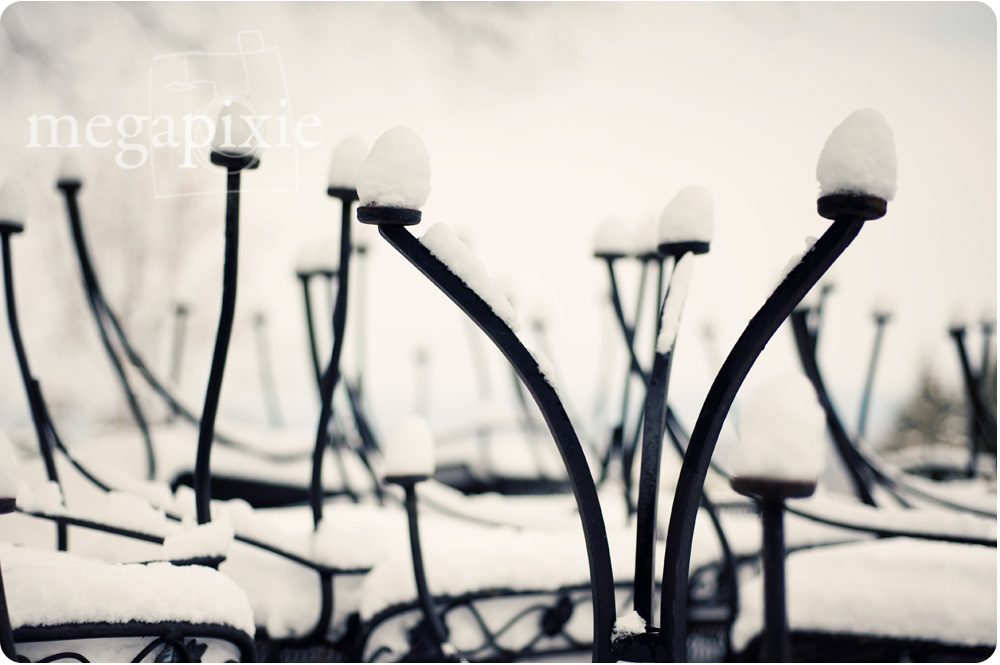
4. Turn off your on-camera flash.
As I've said before, the little pop-up flash on your camera is the number one way to destroy your photos. Straight-on light is unflattering, causes harsh shadows, and eliminates any background detail from your photos, causing your subjects to look like they're standing against a black wall. Bumping your ISO and/or opening your aperture are great ways to avoid using flash, but in case you absolutely have to add some light, consider the Lightscoop - a $30 doodad that you clip on top of your pop-up flash to redirect the light away from your subject's face, thereby creating flattering rather than flattening light. (I wrote more about the Lightscoop in the holiday gift guide here.) Consider, too, that most photographers look for good lighting - whether natural or contrived - before they even look for a subject... the challenge of photography is to give the two-dimensional reproduction of a scene depth, and light is the number one tool in achieving that goal.
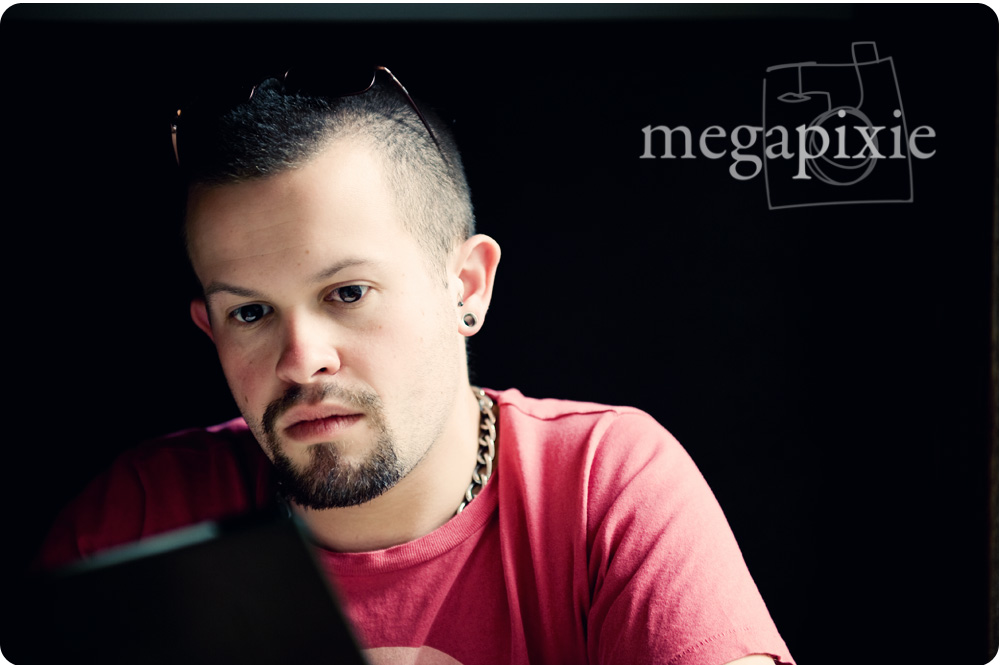
5. Shoot in RAW.
One of the big benefits to a DSLR is your ability to shoot in RAW format instead of in JPG. When you shoot in JPG, your camera takes the photo and instantly decides which pixels are important and which are not, then deletes the "unimportant" ones. This is beneficial in that these files take up far less space on your memory card and on your hard drive, but when it comes to editing your photos, not having those pixels will severely limit your ability to make changes and recover data. In RAW, your camera records every pixel of information to your memory card, giving you much more leeway in your post-processing, as well as your ability to create large prints. Unfortunately, this comes at the cost of more space, but as far as I'm concerned, it's a small price to pay.
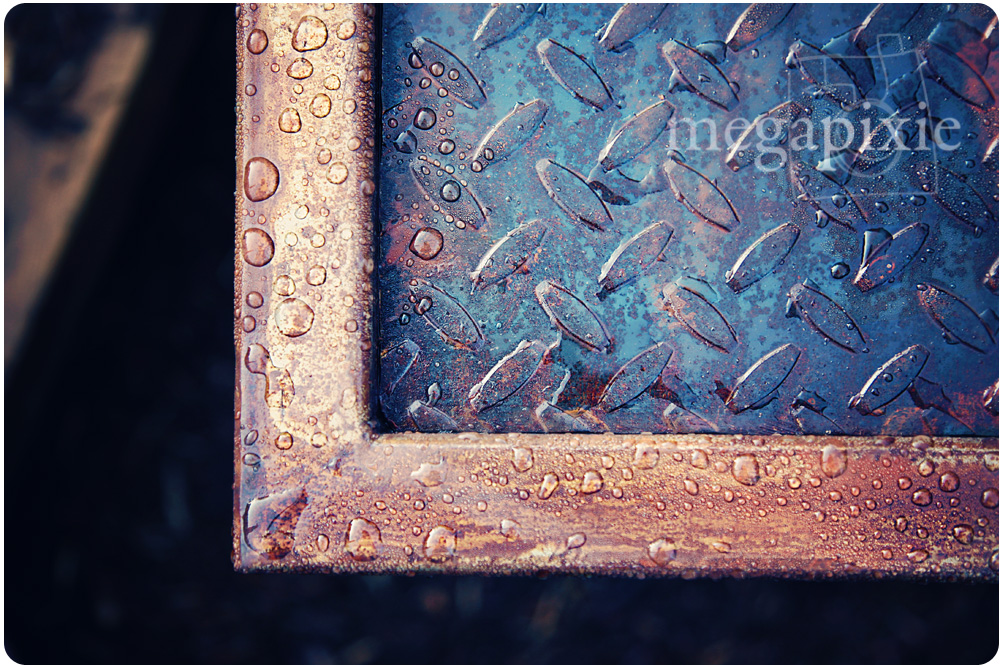
Above all, get out and SHOOT! Practice, practice, practice, and share your results! I'd love to see how your photos improve in 2011!
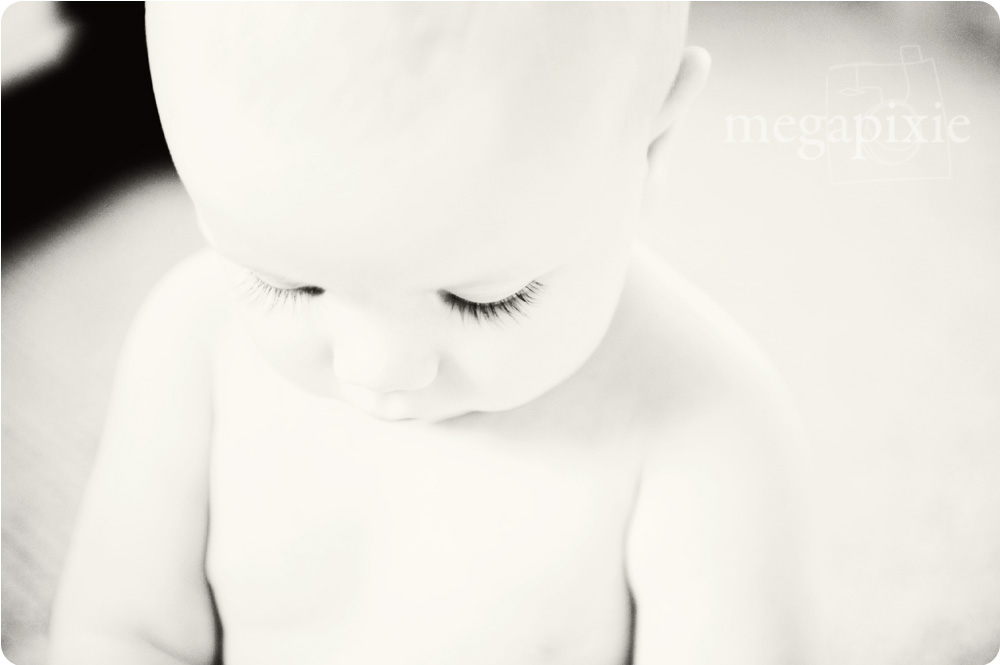
xox,
annemie